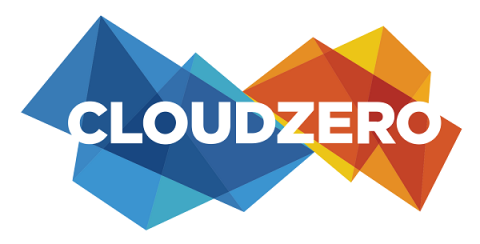Why Real-Time Visibility Into Cloud Cost Is Essential During a Migration To AWS
There’s no question that the cloud offers efficiencies and innovation opportunities that are near impossible to replicate on-premise. In fact, Amazon reports that companies achieve 31% infrastructure cost savings, as well as 62% more efficient IT infrastructure management, when they move to AWS (and that doesn’t include the many other cost benefits — like improved security and on-demand services). But the extent of those efficiencies can vary.




